Ethereum Case Study – Understanding What, Who, Why, When, and How - Part 2 (What continue)
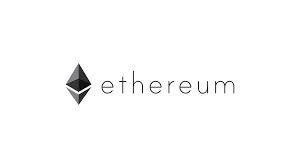
Last week, I posted about Ethereum, and the rich history and implication of the cryptocurrency and blockchain. And in that contect, we learned about SMART CONTRACTS and how that in of itself was a true differentiator to the whole entire Ethereum platform. Because there was so much information (and the blog would have been too long, I broke it up and am continuing with the information for this week. Specifically, wanted to talk about Ethereum’s Virtual Machine and the Decentralization of the cryptocurrency.
Here is what googling on the internet produced. As a reminder, I’m sure most of you who have been watching CNBC, MSNC, Money, Coindesk, and all other media channels and are familiar with Ethereum. However, I wanted to share with those who are still getting up to speed on Ether.
Question: What is Ethereum continue?
Summary:
• Last week we learned about Ethereum’s Smart Contract and the fact that its not like Bitcoin at all.
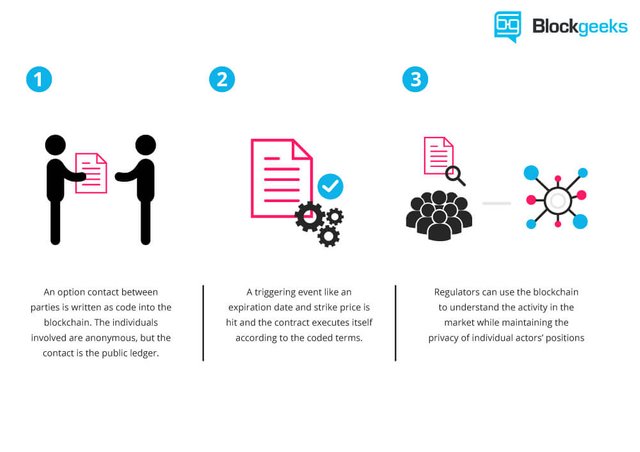
• Ethereum’s Blockchain technology is meant to focus on companies and how they store data and not really like Bitcoin which focuses on peer-to-peer.
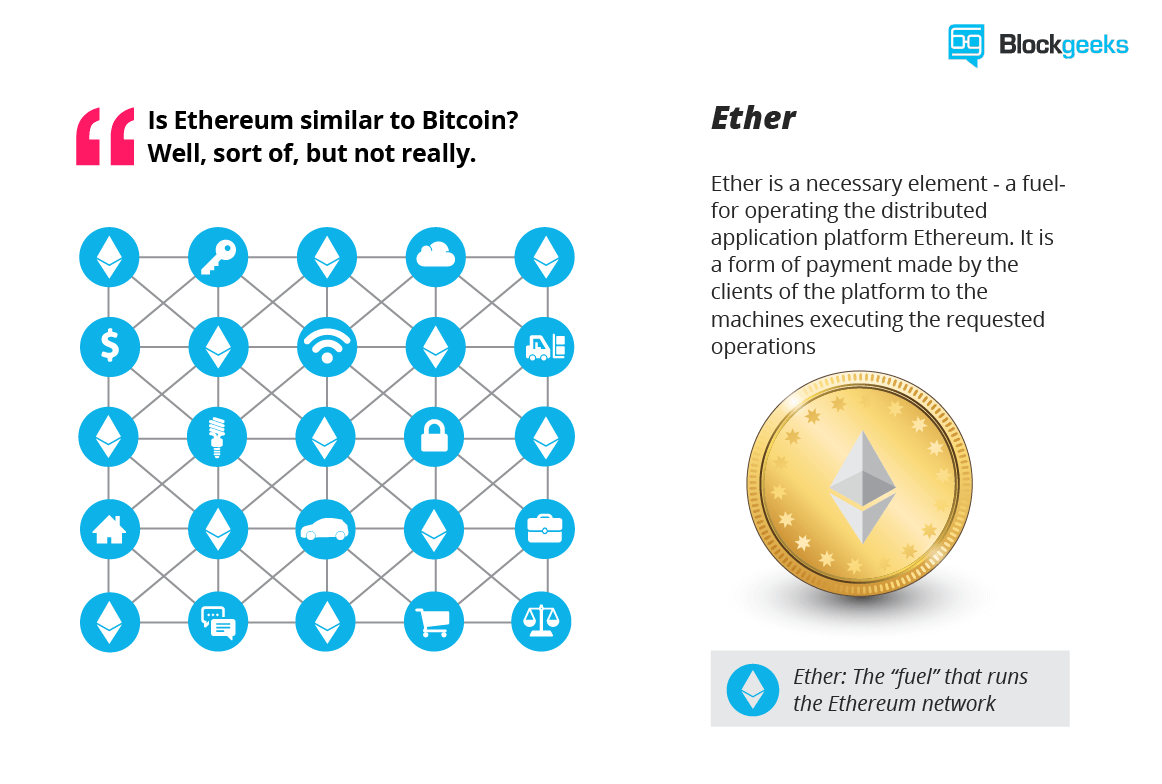
• There were several posts about NEO as an alternative as well as discussions about Coding, market inefficiencies, and general landscape of Crypto. I will admit, that the space is still very new to me and the nuances are lost on me. But hopefully, as I’m researching more, the nuances will become more evident.
This week’s Summary:
The Ethereum Virtual Machine
• “ [Ethereum] blockchain has some extraordinary capabilities. One of them is that you can build smart contracts. It’s kind of what it sounds like. It’s a contract that self-executes, and the contract handles the enforcement, the management, performance, and payment”
• Before the creation of Ethereum, blockchain applications were designed to do a very limited set of operations. Bitcoin and other cryptocurrencies, for example, were developed exclusively to operate as peer-to-peer digital currencies.
• Developers faced a problem. Either expand the set of functions offered by Bitcoin and other types of applications, which is very complicated and time-consuming, or develop a new blockchain application and an entirely new platform as well. Recognizing this predicament, Ethereum’s creator, Vitalik Buterin developed a new approach.
o “I thought [those in the Bitcoin community] weren’t approaching the problem in the right way. I thought they were going after individual applications; they were trying to kind of explicitly support each [use case] in a sort of Swiss Army knife protocol.” Vitalik Buterin, inventor of Ethereum

• Ethereum’s core innovation, the Ethereum Virtual Machine (EVM) is a Turing complete software that runs on the Ethereum network. It enables anyone to run any program, regardless of the programming language given enough time and memory. The Ethereum Virtual Machine makes the process of creating blockchain applications much easier and efficient than ever before. Instead of having to build an entirely original blockchain for each new application, Ethereum enables the development of potentially thousands of different applications all on one platform. – Key point – Ethereum is a whole echo system/platform. The EVM is interesting way for people to create Ethereum based APPS.
What can Ethereum be used for?
• Ethereum enables developers to build and deploy decentralized applications. A decentralized application or Dapp serve some particular purpose to its users. Bitcoin, for example, is a Dapp that provides its users with a peer to peer electronic cash system that enables online Bitcoin payments. Because decentralized applications are made up of code that runs on a blockchain network, they are not controlled by any individual or central entity.
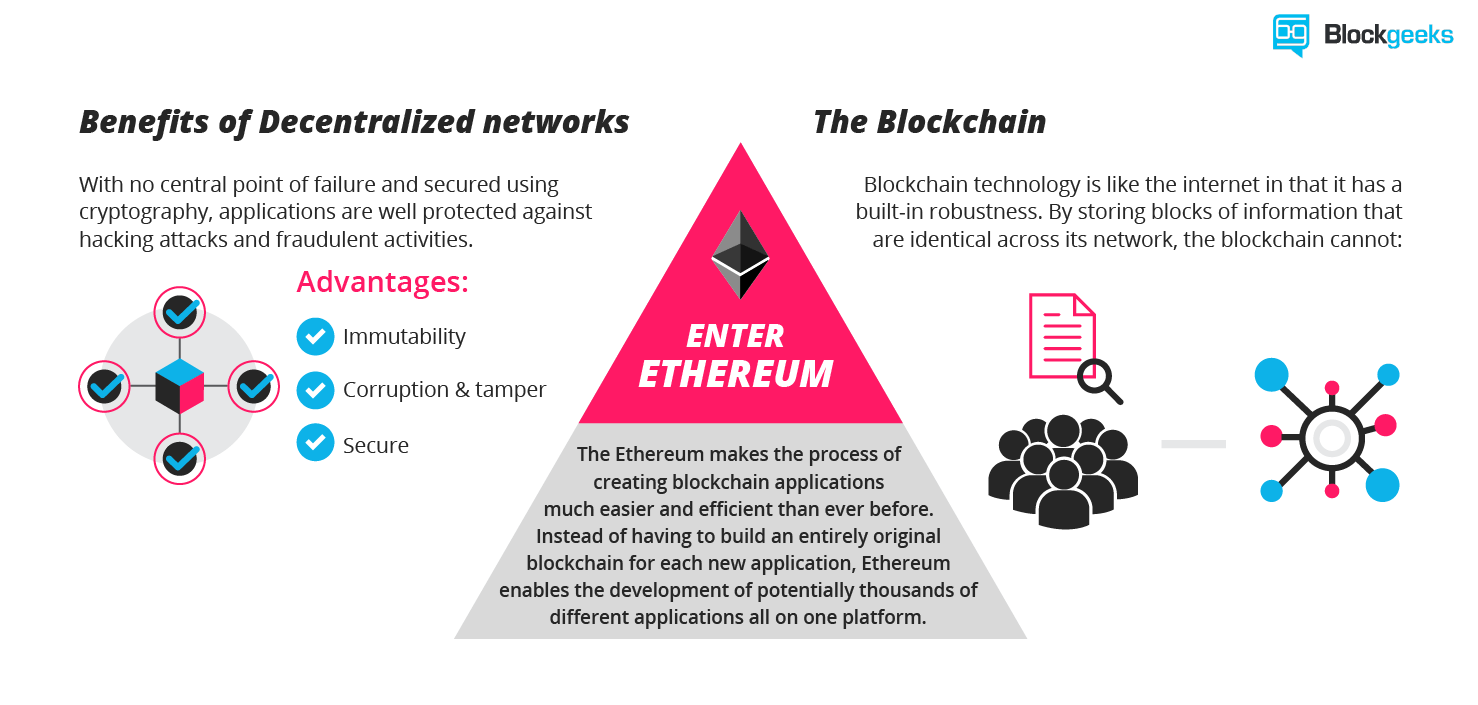
• Any services that are centralized can be decentralized using Ethereum. – KEY POINT, taking something Centralized and make it Decentralized can create Chaos and at the same time very “REVOLUTIONARY” in that you are taking out middle-men!
• Think about all the intermediary services that exist across hundreds of different industries. From obvious services like loans provided by banks to intermediary services rarely thought about by most people like title registries, voting systems, regulatory compliance and much more.
• Ethereum can also be used to build Decentralized Autonomous Organizations (DAO). A DAO is fully autonomous, decentralized organization with no single leader. DAO’s are run by programming code, on a collection of smart contracts written on the Ethereum blockchain. The code is designed to replace the rules and structure of a traditional organization, eliminating the need for people and centralized control. A DAO is owned by everyone who purchases tokens, but instead of each token equating to equity shares & ownership, tokens act as contributions that give people voting rights.
• “A DAO consists of one or more contracts and could be funded by a group of like-minded individuals. A DAO operates completely transparently and completely independently of any human intervention, including its original creators. A DAO will stay on the network as long as it covers its survival costs and provide a useful service to its customer base” Stephen Tual, Slock.it Founder, former CCO Ethereum.

What are the benefits of Ethereum decentralized Platform?
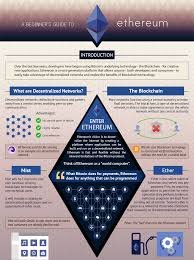
• Immutability – A third party cannot make any changes to data.
• Corruption & tamper proof – Apps are based on a network formed around the principle of consensus, making censorship impossible. – Key POINT, one person can veto, it must be all or none (inefficient? Maybe)
• Secure – With no central point of failure and secured using cryptography, applications are well protected against hacking attacks and fraudulent activities.
• Zero downtime – Apps never go down and can never be switched off. – Also very KEY. I think there is some AI (Artificial Intelligence here).
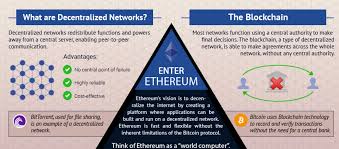
What’s the downside of decentralized applications?
• Despite bringing a number of benefits, decentralized applications aren’t faultless. Because smart contract code is written by humans, smart contracts are only as good as the people who write them. Code bugs or oversights can lead to unintended adverse actions being taken. If a mistake in the code gets exploited, there is no efficient way in which an attack or exploitation can be stopped other than obtaining a network consensus and rewriting the underlying code. This goes against the essence of the blockchain which is meant to be immutable. Also, any action taken by a central party raises serious questions about the decentralized nature of an application.
What apps are currently being developed on Ethereum?
• The Ethereum platform is being used to create applications across a broad range of services and industries. But developers are in unchartered territory, so it’s hard to know which apps will succeed and which ones will fail. Here are a few exciting projects.
o Weifund -- provides an open platform for crowdfunding campaigns that leverages smart contracts. It enables contributions to be turned into contractually backed digital assets that can be used, traded or sold within the Ethereum ecosystem.
o Uport -- provides users with a secure and convenient way to take complete control of their identity and personal information. Instead of relying on government institutions and surrendering their identities to third parties, users control who can access and use their data and personal information.
o BlockApps -- is looking to provide the easiest way for enterprises to build, manage and deploy blockchain applications. From the proof of concept to full production systems and integration with legacy systems, Blockapps provides all the tools necessary to create private, semi-private and public industry-specific blockchain applications.
o Provenance -- is using Ethereum to make opaque supply chains more transparent. By tracing the origins and histories of products, the project aims to build an open & accessible framework of information so consumers can make informed decisions when they buy products.
o Augur -- is an open-source prediction & forecasting market platform that allows anyone to forecast events and get rewarded for predicting them correctly. Predictions on future real world events, like who will win the next US election, are carried out by trading virtual shares. If a person buys shares in a winning prediction, they receive monetary rewards.
• “Ethereum is a spectacular public experiment that is showing the value of smart contracts on a public blockchain. It is the result of and the source of disruptive innovation of the likes that we haven’t seen since the early days of the Internet.” – Caleb Chen London Trust Media
Key Takeaways:
• Ethereum’s creation was a response to Bitcoin’s inability to perform a set of operations. As mentioned Bitcoin was meant to serve a peer-to-peer monetary function. Ethereum was created as a platform where Blockchains can perform operating functions. The currency would therefore allow coders to create Blockchains that run operations.
• Ethereum’s niche is that its based on building applications that share similar operating functions.
• Ethereum’s goal is to DECENTRALIZE all operations (take out the banks, all intermediaries and other middle man operations) and put it closer between sell and buyer.
• The push for brokers to collect fees are going out the window as Ethereum is getting adopted by large firms.
• NO ONE CONTROLS Ethereum. It’s a community formed by DAO (decentralized autonomous organization).
• DAO operates on CONCENSUS, 1 dissenter can veto….That is a tough decision making process but it also ensures that one gets all to agree. Not that is an impossible task but doable, but incredibly slow.
• Smart Contracts is the basis of how Ethereum’s virtual machine will work.
• There are many ETHEREUM Blockchain APPS that are being formed. One needs to focus on the Ethereum Virtual Machine to become knowledgeable about creating Ethereum based applications
Follow Me @epan35
Reply (with a good comment) and Upvote and I'll return the favor! I need Feedback!
cool write up! I find it really interesting to show how and why Vitalik got into crypto:
'I was born in 1994 in Russia and moved to Canada in 2000, where I went to school. I happily played World of Warcraft during 2007-2010, but one day Blizzard removed the damage component from my beloved warlock's Siphon Life spell. I cried myself to sleep, and on that day I realized what horrors centralized services can bring. I soon decided to quit.
In 2011, searching for a new purpose in life, I discovered Bitcoin. At first, I was skeptical, and did not understand how it could possibly have value without physical backing. But slowly I became more and more interested. I started writing for a blog called Bitcoin Weekly initially at a meek wage of $1.5 per hour, and soon with Mihai Alisie cofounded Bitcoin Magazine.
In late 2011, I participated in a high school programming competition where players program the code for a team of simulated robots that then fight each other. I won third place. Someone asked me: what was my strategy? Others gave command-and-control strategies such as "I went for the center". I simply replied "I gave each agent a utility function and let them independently act to maximize their own objectives". That moment would inform my political beliefs for years to come.
In 2012, I entered the University of Waterloo; in 2013 I realized that crypto projects were taking up 30h/week of my time, so I dropped out. I went around the world, explored many crypto projects, and finally realized that they were all too concerned about specific applications and not being sufficiently general - hence the birth of Ethereum, which has been taking up my life ever since' (from his about.me page)
Amazing post! I remember I learned about ETH watching videos on Youtube. All right, it's more easy to pay attention during watching something but in the end I often realized it's was worth nothing. I wish I was on Steemit that time...it'd be much easier to learn basics about cryptocurrencies.
Reading this blog post is easy to understand (unlike most of whitepapers :-)) PS: STEEM whitepaper is one of good ones.